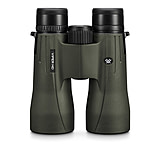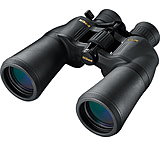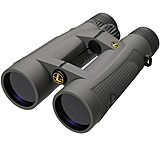Internal Differences
Internally, opera glasses use a simpler optical system than conventional binoculars. This system is officially known as a Galilean optical system, since it is a very simple system similar to what Galileo used in his optical designs. The advantage of this type of optical system is both its simplicity and its very short optical length. This keeps the price down and also allows for a very compact design. The disadvantage of such a system is its lack of optical clarity and correction. If razor sharp optics is your goal, you are better served with a conventional, low-power binocular. Still, an opera glass can provide quite useful, pleasant views of the performers and the stage.![]()
Today, nearly all opera binoculars are made in China and, in terms of optics, there is really no one brand or model that is significantly sharper than the rest. After all, this is not a system that is intended to produce razor sharp optics, no matter how well ground the lenses are. To be sure, there would be no point in investing high grade, expensive lenses in an optical system that cannot use them efficiently. The good news is that nearly any opera glass on the market will be priced under $100. Your choice in terms of magnification is limited to 3x. Opera glasses have a standard measurement of 3x20 - 3x magnification with a 20mm objective (front) lens. Unless you are seated in a huge auditorium or concert hall 3x is adequate.
External Differences
Externally, even a casual glance shows that binoculars for opera are also different than binoculars for more conventional uses. This reflects the tradition of elegance in the opera. Style and color are very much a personal preference but in today's market there is a color and style for nearly every taste.
Externally, there are also some options in terms of focusing. Opera glasses will either be no focus or center focus. Each optical system has advantages and disadvantages.


















